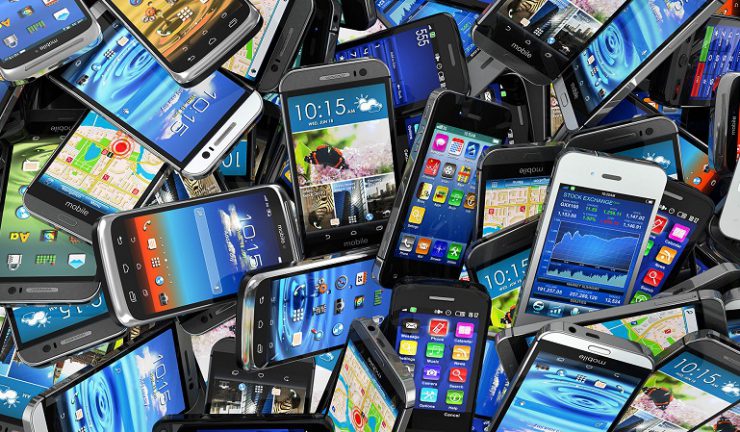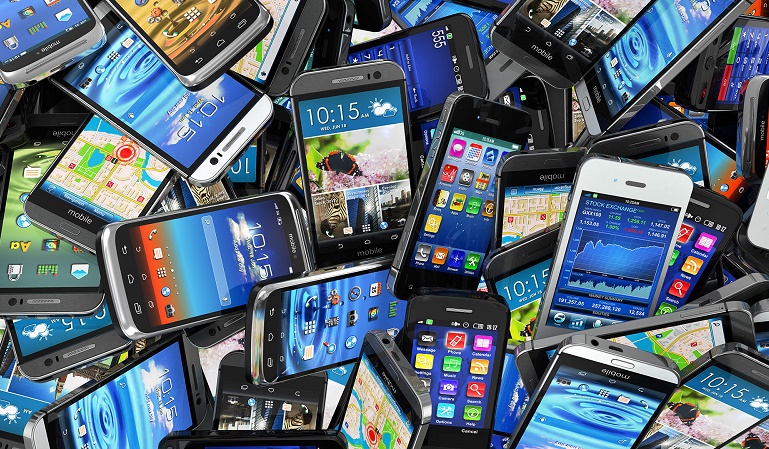Smartwatch sales set for growth.
Australian smartphone sales for the second half of 2016 remained flat despite soaring usage rates, according to a recent study by technology analyst firm Telsyte.
The Telsyte Australian Smartphone & Wearable Devices Market Study 2017 shows 4.1 million smartphones were sold during 2H 2016, down 2% compared to H2 2015. Year-on-year the market grew less than 1%. Sales were impacted by a combination of factors including the recall of the Samsung Note 7, rising prices of premium handsets, and a difficult retail environment.

At the end of 2016, Telsyte estimates that 75% of Australians were using a smartphone, with near full penetration in the 18 to 55-year-old age group. The smartphone has quickly become the go-to device for Australians’ digital lifestyles. Telsyte’s study findings show that:
- 3 in 4 smartphone users streamed music, video or both to their device during 2016, as mobile data caps increased and more than half of all mobile phones were connected via 4G.
- Around 30% of all ecommerce were conducted via post-PC devices (smartphone & tablet), up from 22% in 2015 (averaged across 23 measured product and service categories)
- 1 in 4 smartphone users indicate that they “feel addicted to their smartphone”.
Apple’s iPhone was the most popular brand of smartphone sold in Australia with an estimated 1.7 million units sold in H2 2016. However, Telsyte believes Apple was not able to replicate its H2 2014 performance which covered the period following the launch of the iPhone 6, which triggered a major upgrade event due to its larger screen size.
Android remains the most popular operating system on smartphones in Australia (52% of the installed base), with Samsung continuing its Android sales leadership followed by Huawei.
Smartwatch sales set to overtake smart fitness bands in 2017
Telsyte estimates nearly 2 million wrist-based wearables were sold in 2016, of which 37% were smartwatches. Telsyte expects by the end of 2017, over half of all wrist-based wearable sales will be smartwatches, as more basic smart fitness band sales decline in sales. Smart fitness band sales in Australia were down 10% year on year, and down 28% in H2-2015 compared with H2 2016.
“Around 1 in 6 smart fitness bands are given as gifts in Australia which is impacting longer term usage rates,” Telsyte managing director, Foad Fadaghi said.
Telsyte believes mobile payments is quickly becoming the killer application for smartwatches.
Telsyte surveys show that almost half of Apple Watch owners have used Apple Pay, with more than 70% indicating they use it “regularly” or “almost always”. In comparison, less than 10% of iPhone users in Australia that have a compatible handset have used Apple Pay.
“Once users get over the initial barrier of raising a smartwatch to a payment terminal, they start to use it regularly, indicating it might be a critical application for smartwatch retention,” Fadaghi said.
Telsyte research shows that the number one requested smartwatch feature is longer battery life.

